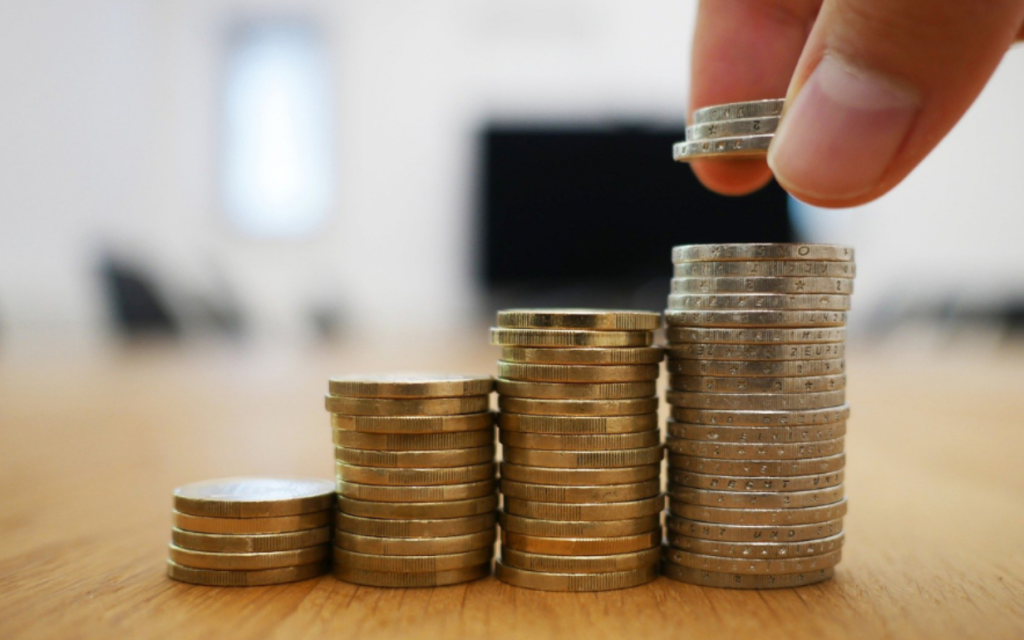In the period 2024-2025, when inflation and economic instability become a daily occurrence, many Russians will ask for an additional source of financing. Passive income is not just a fashion trend, but an important component of financial independence, which in modern Russia can be a real lifesaver. What proven options exist in modern reality?
What is passive income and why is it so important in Russia?
The process not only helps people overcome their constant fear of stability, but also creates opportunities for growth and development. Let’s analyze the main types of income that can provide real financial freedom.

Basics
Passive income is a cash flow that is generated without active participation or significant effort. Its creation requires an initial investment of time and money, but in the future the benefits will come naturally. Given the current market conditions in Russia, the importance of passive income is increasing daily. Examples:
- Captivity. The average return on government bonds is 10-12% per year. In November 2024, the yield on OFZ (federal bonds) reached 16.23%, the highest level in the past nine years. Corporate bonds of large companies such as Gazprom and Lukoil offer a yield of 13-14%, making them an attractive option for those who prefer minimal risk.
- Real estate rental. If you buy an apartment and then rent it, you can earn a monthly income in rubles. On average, it ranges from 50,000 to 75,000 rubles, depending on the region. In Moscow, the rent for a one-room apartment in November 2024 was on average 72.2 thousand rubles per month, which is 73.4% of the average salary in the capital. In the regions, this amount can vary between 25,000 and 35,000 rubles.
- Deposits. Bank deposits are still a classic way to generate passive income. Deposit rates for 2024 range from 5% to 8%, depending on the bank and the conditions. For example, Sberbank offers a deposit of 6.1% under certain conditions, and Tinkoff offers 7.2%.
Passive income options in Russia for 2024-2025
 Investing in bonds is one of the most reliable ways to generate passive income. Bonds can be government bonds or corporate bonds. Government bonds carry little risk, as they are issued by the government and the yield fluctuates between 10 and 12 percent annually.
Investing in bonds is one of the most reliable ways to generate passive income. Bonds can be government bonds or corporate bonds. Government bonds carry little risk, as they are issued by the government and the yield fluctuates between 10 and 12 percent annually.
Renting out real estate: investing in square meters
By renting out real estate, you can provide regular income. Many investors buy apartments or commercial properties with the aim of renting them out. On the Russian market, the average rental yield on a residential property is 6-8% per year. This is comparable to the yield on government bonds, but with the prospect of an increase in the value of the property itself.
Bank Deposits: A Classic That Works
Despite falling interest rates, bank deposits in Russia are still a popular way to generate passive income. It is expected that interest rates on deposits at major Russian banks will be between 5 and 8% per year by 2024.
New trends: How to organize passive income for beginners?
If you are looking for ways to organize your cash flow, it is best to consider crowdfunding and P2P lending. These are relatively new instruments for the Russian market, which allow you to invest small amounts and earn stable profits. Platforms such as Potok and JetLend offer the opportunity to invest in business development in exchange for interest.
Financial freedom through dividends
In dividend-paying stocks, you receive income in the form of regular payments. Investments in Russian companies such as Sberbank, Norilsk Nickel and Gazprom generate stable dividends with an annual yield of up to 10-12%. For example, Norilsk Nickel pays out twice a year and achieves a yield of about 11% per share.
How to generate passive income with minimal risk?
One of the fundamental principles of successful investing is diversification. In order to create an additional source of funding, it is important to pay close attention to the distribution of funds among different instruments. For example, you can invest part of the portfolio in bonds to create stability, another in stocks to promote growth, and the rest in real estate or crowdfunding to balance return and risk.
Advantages and disadvantages of different sources of passive income
Each of the considered methods requires a certain initial investment and has its own peculiarities that should be taken into account when making a decision.
Advantages:
- Financial freedom. Passive income in Russia allows you to become less dependent on your main job and earn money independently of work.
- Long-term perspective. By investing in real estate or stocks, you lay the foundation for a stable income for many years.
- Flexibility. You can choose different instruments depending on your goals and risk level.
Disadvantages:

- Need for initial capital. Most sources of passive income in Russia require significant initial investments. For example, for an apartment in Moscow you will pay at least 7-8 million rubles.
Risks. - Regardless of the chosen instrument, there is always a risk of capital loss. Stocks are subject to fluctuations, bonds are at risk of inflation, and real estate can be vacant.
- Not always immediate returns Building an additional source takes time and patience.
Conclusion
 Given the economic instability, passive income has become one of the best strategies for achieving financial freedom in Russia. Whether you invest in bonds, real estate, stocks, or more modern instruments such as crowdfunding, it is important to approach the topic thoughtfully and carefully weigh all the risks and benefits. This is not just a way to make money, but a path to freedom and stability. In 2024-2025, you can use various sources of income to create a solid financial foundation for the future.
Given the economic instability, passive income has become one of the best strategies for achieving financial freedom in Russia. Whether you invest in bonds, real estate, stocks, or more modern instruments such as crowdfunding, it is important to approach the topic thoughtfully and carefully weigh all the risks and benefits. This is not just a way to make money, but a path to freedom and stability. In 2024-2025, you can use various sources of income to create a solid financial foundation for the future.
 en
en  de
de  ar
ar  es
es  nl
nl  hi
hi  fr
fr  it
it  pt
pt  el
el 



